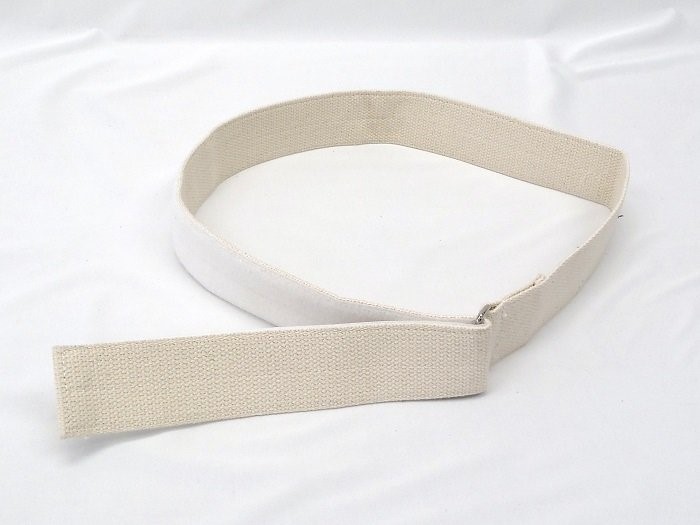
Transfer gait belts are very useful in cases where patients are immobile or in major discomfort while doing any movement. To use a gait belt, a patient must be able to carry his/her weight at least to some extent. After learning how to use a gait belt, a caregiver will be able to help a patient with performing regular tasks like walking.
Benefits in detail:
● Minimizes Injury
The non-slip buckle will prevent the patient’s fall from the hospital bed or while walking.
● Lessens Physical Pressure on Caregivers
The strain on the caregivers is low because of the handle. This results in caregiver concentrating on the patient more, being less self-conscious.
● Very Effective for Maintaining Balance
This belt reduces the tension on the patient’s backbone and other parts of the body.
● Flexible
They are useful for covering both long and short distances, e.g., across a large hospital or between a bed and a bathroom.
Learning how to use a gait belt for patients is of utmost importance, along with the system associated with proper body movements that will help avoid injury.
Fixing the Belt around the Patient
- The patient should know that a belt would be tied around his/her waist.
- The patient should not worry about the belt. He/She should be assured that the belt is a temporary device; once the task is completed, the belt goes away.
- While tying the belt, the patient needs to be in a sitting position on the border of the bed, facing the caregiver.
- The belt should be fastened around the patient’s midsection. The belt-buckle needs to be facing the front. For a patient with a weak bladder, the buckle should be slightly off-center.
- The belt should not be put on exposed skin. There should be a sheath in-between the belt and the skin, e.g. a towel, dress, etc.
- There should be two-finger space between the belt and the patient’s body.
- No standing position before the belt is in its place.
- The caregiver needs to face the patient with knees bent and back straight.
- Your arms, while lifting, should be wound around the patient’s waist, your hand should be under the belt; palm should be facing outwards.
- Transfer gait belt with support handle is to be used. The best is with anti-slip handles.
Many types of transfer gait belts―in various designs―are available in canvas, cotton, leather, and nylon. Some offer waist straps, floor leads, knee straps, and handles.
Note: A physician’s opinion is a must before starting the use of transfer gait belt. They are the best judge for the best kind of belt for patients.
5,899 total views, 3 views today

